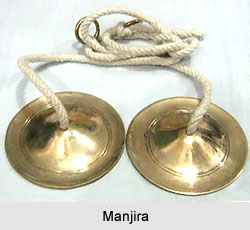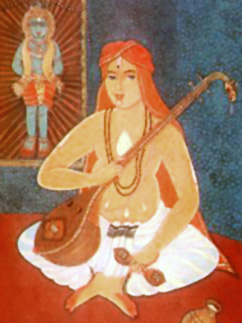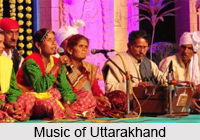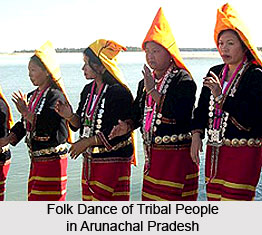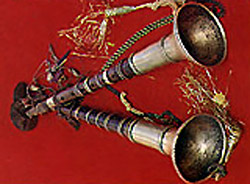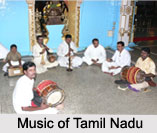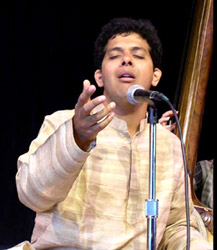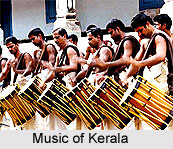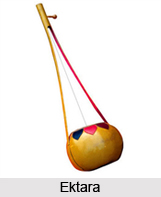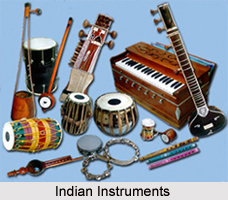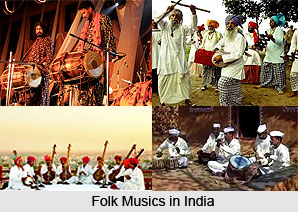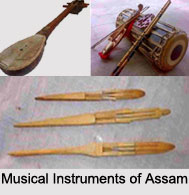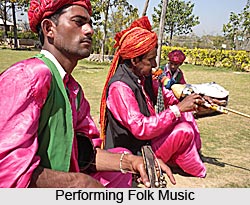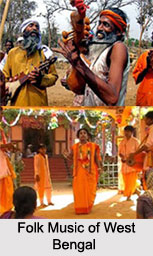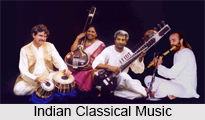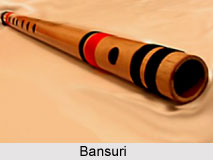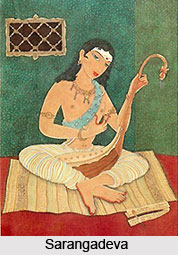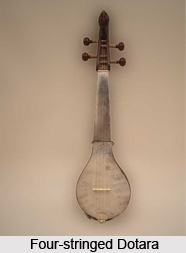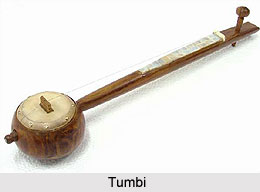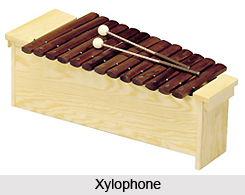The origin of Raagas is a fascinating field of study. There are many notions behind how different raagas have developed. Some ragas are thought to have developed from tunes that became stylized, their characteristics then being employed for improvisation and the invention of other tunes. This may be particularly true in the case of raagas which have distinctive melodic shapes.
 Sometimes, the names of some ragas have been helpful in establishing their origins. Malava, Sindhu, Karnataka, Jaunpuri and Barigala, for example, are place-names. However, it is difficult to ascertain whether these ragas have developed from regional melodies or simply evolved in these places. Similarly, the names of ragas like Saka, Ahiri, Saveri (Asavari), and Gujari indicate possible origins in tribal music, and those of the ragas Hejaj, Zila, Imam, and Shahana are associated with Islamic culture. There are some ragas which bear the name of the artist who composed them, like miyan ki todi (for miyan Tansen) and Vilas Khani Todi (for Miyan`s son Vilas Khan). These are two varieties of raga todi. Bhairavi, Kedar, Sarasvati, and Shri are ragas named after Hindu deities.
Sometimes, the names of some ragas have been helpful in establishing their origins. Malava, Sindhu, Karnataka, Jaunpuri and Barigala, for example, are place-names. However, it is difficult to ascertain whether these ragas have developed from regional melodies or simply evolved in these places. Similarly, the names of ragas like Saka, Ahiri, Saveri (Asavari), and Gujari indicate possible origins in tribal music, and those of the ragas Hejaj, Zila, Imam, and Shahana are associated with Islamic culture. There are some ragas which bear the name of the artist who composed them, like miyan ki todi (for miyan Tansen) and Vilas Khani Todi (for Miyan`s son Vilas Khan). These are two varieties of raga todi. Bhairavi, Kedar, Sarasvati, and Shri are ragas named after Hindu deities.
Quite often, the old and new ragas intermingle in the contemporary repertoire. The names of the ancient ones have been in use for a very long time. In all likelihood, the old ragas have changed over time while their names have remained the same. For instance, Raaga Todi occurs in both Carnatic and Hindustani music, but in different forms. Different ragas with the same name might have developed out of a single raga. For instance, in the case of Raga Todi again, it has been seen that its usage in Hindustani and Classical Music has been such that the two are treated in a more similar fashion than their forms would lead one to expect. The relationship of other Hindustani and Carnatic ragas is less difficult to trace.
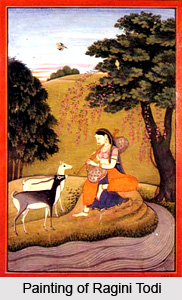 Hindustani musicians like to combine two ragas in order to obtain a different one. This is frequently but not always the explanation for a double raga name, such as Bhimpalasi (Bhim plus Palasi). The concept of using two raagas in one is that the lower portion of one raga (poorvahga, translated as "lower tetrachord") is taken and combined with the upper tetrachord {uttarahga or updhga) of another. A prime example of this can be seen in the Hindustani Rag Ahir-Bhairav. In this, the pitches and phrases of the lower tetrachord are from Rag Bhairav and those of the upper from Rag Kafi.
Hindustani musicians like to combine two ragas in order to obtain a different one. This is frequently but not always the explanation for a double raga name, such as Bhimpalasi (Bhim plus Palasi). The concept of using two raagas in one is that the lower portion of one raga (poorvahga, translated as "lower tetrachord") is taken and combined with the upper tetrachord {uttarahga or updhga) of another. A prime example of this can be seen in the Hindustani Rag Ahir-Bhairav. In this, the pitches and phrases of the lower tetrachord are from Rag Bhairav and those of the upper from Rag Kafi.
Raagas, particularly in the Hindustani tradition, are felt to express specific moods. A raga should be performed in keeping with its mood in order for it to evoke that mood in those who understand it and hear the raga that is supposed to express it. The time of day is said to be inter-related with the mood of the raaga. Thus performing a raaga in keeping with its mood extends to performing it at the appropriate time of day. For instance, Rag Malkosh should be performed in a serious mood. According to Hindustani musical tradition, the day is divided into eight watches of three hours each, beginning at sunrise. Ragas performed during a certain watch are likely to include the pitches associated with that watch. The associations of mood and time of day with ragas are still a vital part of Hindustani tradition.
Though Carnatic Music recognizes that all raagas evoke aesthetic enjoyment, it is felt that not all raagas evoke a particular feeling. Those that do are classified as rakti raagas. This type of raaga is most appropriate for music with words, since the rasa expressed by the text (sahitya) can complement the rasa of the raaga. Raagas that express a universal emotional feeling are called ghana raagas. The casual attitude toward time-of-day associations and the classification of raagas into rakti and ghana rasa in South Indian music, in contrast with North Indian practice, are two more examples of how one ancient system has developed into two distinct traditions.
Thus, the origin of Raagas remains a most interesting topic of discussion. It is a fact that new ragas are developed and created everyday. Some stay in use while others disappear.
